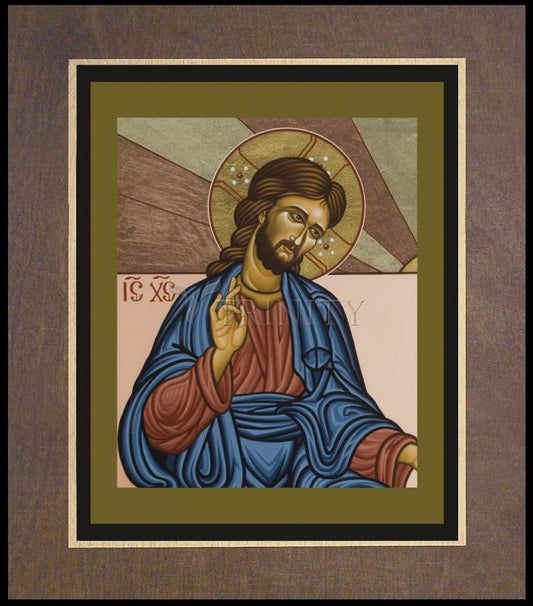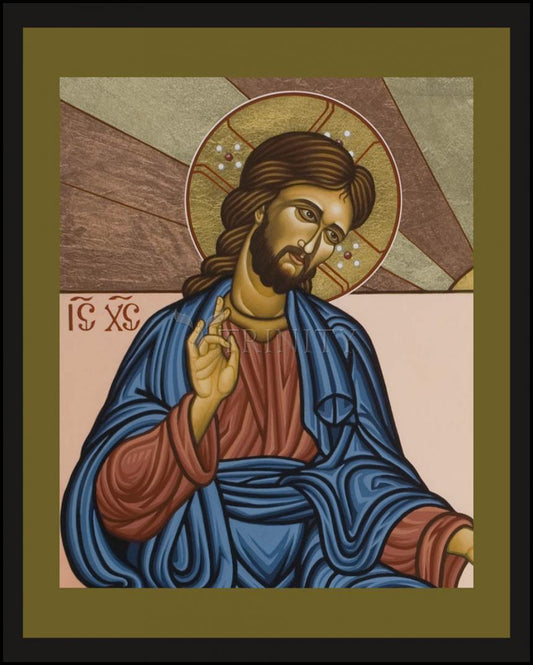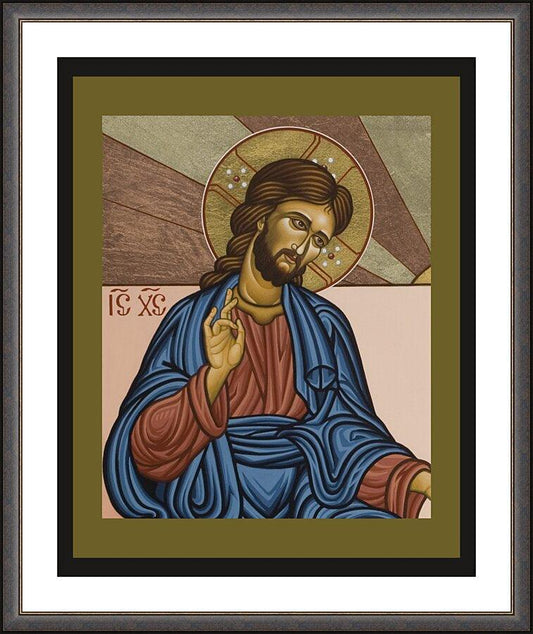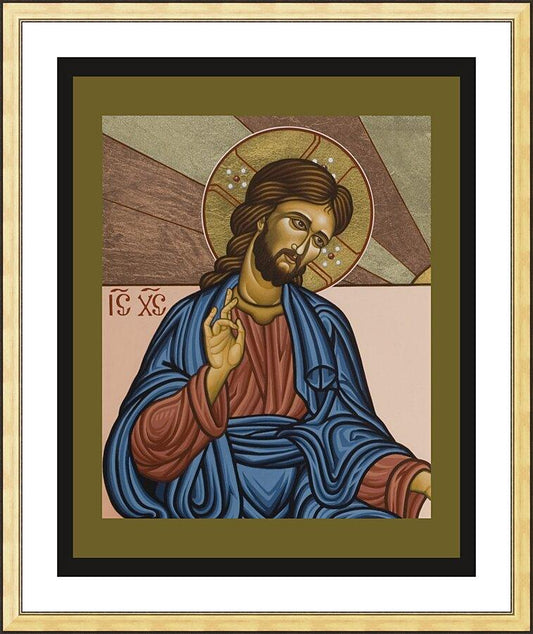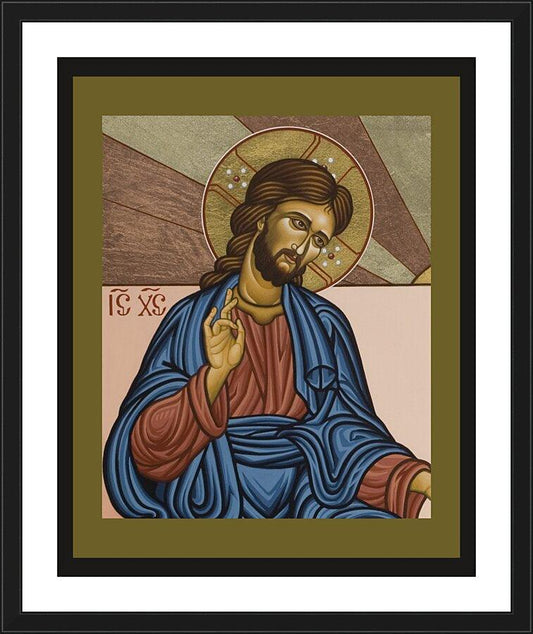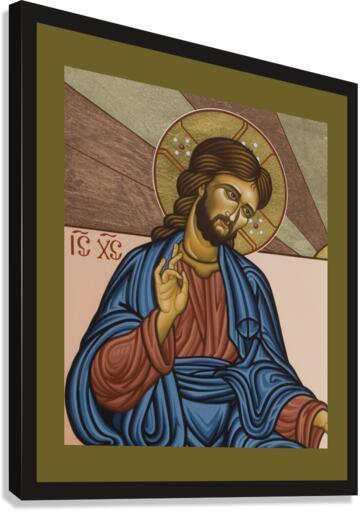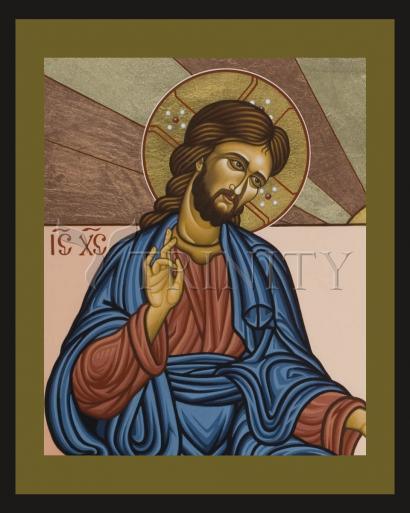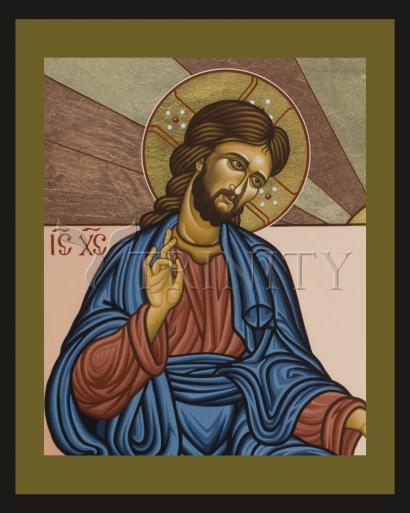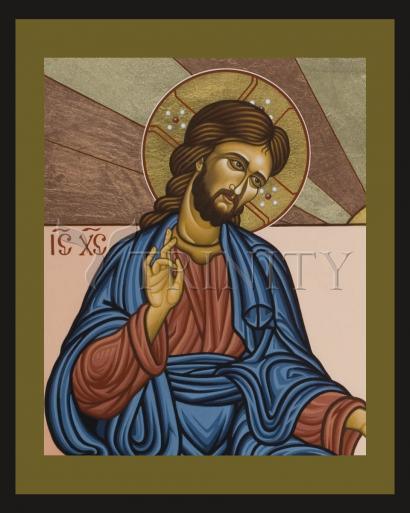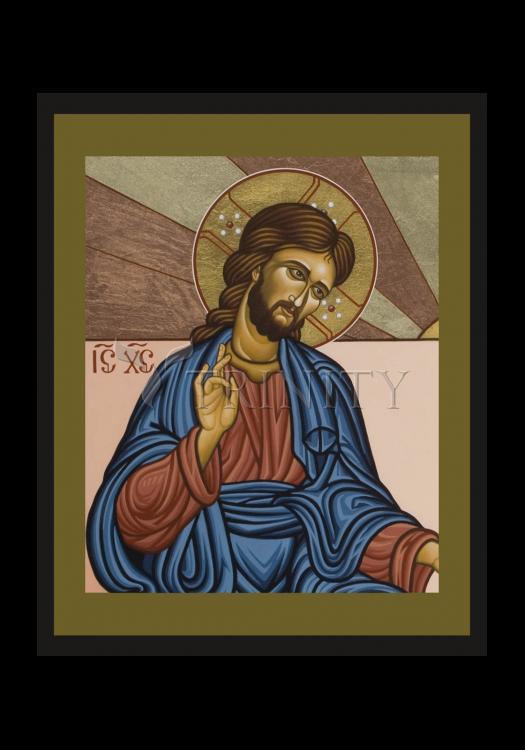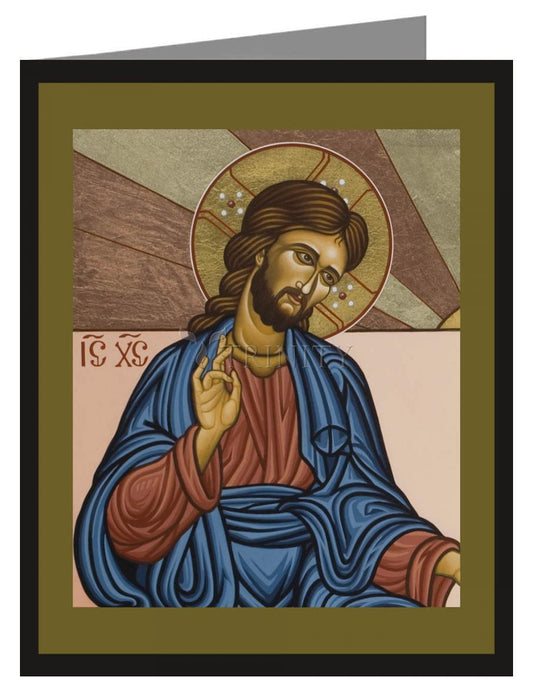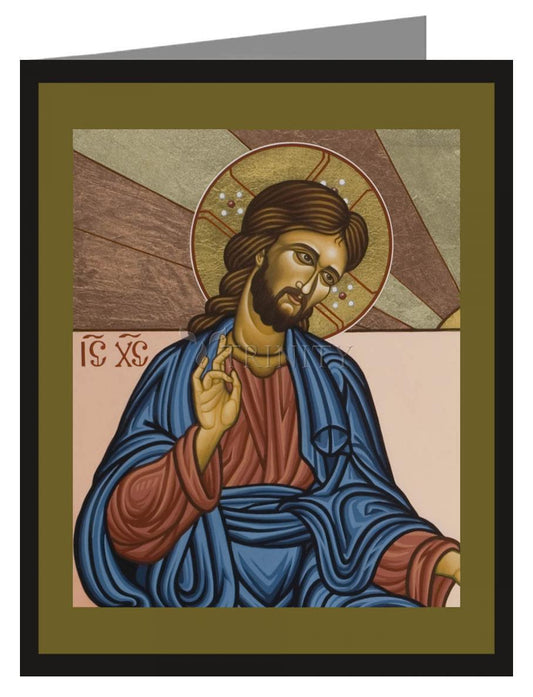Jesus first came to general attention at the time of his baptism (religious ritual performed shortly after a child's birth), just prior to his public ministry. He was known to those around him as a carpenter of Nazareth, a town in Galilee, and as the son of Joseph (John 6:42). Matthew and Luke report that Jesus was born in Bethlehem, famous in Jewish history as the city of David. They further report that he was miraculously (something that occurs that cannot be explained by nature's laws) born to the Virgin Mary, although they both curiously trace his kinship to David through Joseph, to whom Mary was engaged. It is likely that Jesus was born not later than 4 B.C.E. , the year of King Herod's death. (The term Christ is actually a title, not a proper name; it comes from the Greek Christos, meaning the anointed, or the one chosen by God; in the Bible it is the Greek equivalent for the Hebrew word Messiah.)
Little is known of Jesus' childhood and youth. The letters of Paul are the earliest biblical records that tell about Jesus. But the four biblical Gospels by Matthew, Mark, Luke, and John, although written later, used sources that in some cases go back very close to the time of Jesus. But about the year 28 or 29 C.E. his life interacted with the career of John the Baptist. Jesus heard John's preaching and joined the crowds for baptism in the Jordan River. Following his baptism Jesus went into the desert for prayer and reflection.
Galilean ministry
Returning from the desert, Jesus began preaching and teaching in Galilee. His initial declaration was both frightening and hopeful. It told people not to cling to the past, that God would overthrow old institutions and ways of life for a wonderful new future. This future would be especially welcomed by the poor, the powerless, and the peacemakers.
Jesus attracted twelve disciples to follow him. They were mainly fishermen and common workers. Of the twelve it seems that Peter, James, and John were closest to Jesus. Peter's home in Capernaum, a city on the Sea of Galilee, became a headquarters from which Jesus and the disciples moved out into the countryside. Sometimes he talked to large crowds, with the twelve to teach only them, or he might go off by himself for long periods of prayer.
The miracles
The records concerning Jesus report many miracles (an event that goes against the laws of nature and has suggested divine influence). For centuries most people in civilizations influenced by the Bible not only believed literally in the miracles but took them as proof that Jesus had supernatural (something that is not normal, possibly with a spiritual influence) power. Then, in an age of reason and distrust, men often doubted the miracles and exposed the reports as dishonest. However, usually the Gospels report the healings as signs of the power of God and His coming kingdom.
Teachings of Jesus
Jesus taught people in small groups or large gatherings; his lessons are reported in friendly conversations or in arguments with those who challenged him. At times he made a particularly vivid comment in the midst of a dramatic incident.
The starting point of Jesus' message, as already noted, was the announcement of the coming of the kingdom of God. Since this kingdom was neither a geographical area nor a system of government, a better translation may be "God's reign" (God being in existence everywhere).
The rest of Jesus' teaching followed from this message about the reign of God. At times he taught in stories or parables that described the kingdom or the behavior of people who acknowledged God's reign. At times he pronounced moral commandments detailing the demands upon men of a loving and righteous God. At times Jesus taught his disciples to pray: the words that he gave them in the Lord's Prayer are often used today.
To some people Jesus was a teacher, or rabbi. The healing ministry did not necessarily change that impression of him because other rabbis were known as healers. But Jesus was a teacher of peculiar power, and he was sometimes thought to be a prophet (a person who tells of things that have been made known to him or her by a divine power).



